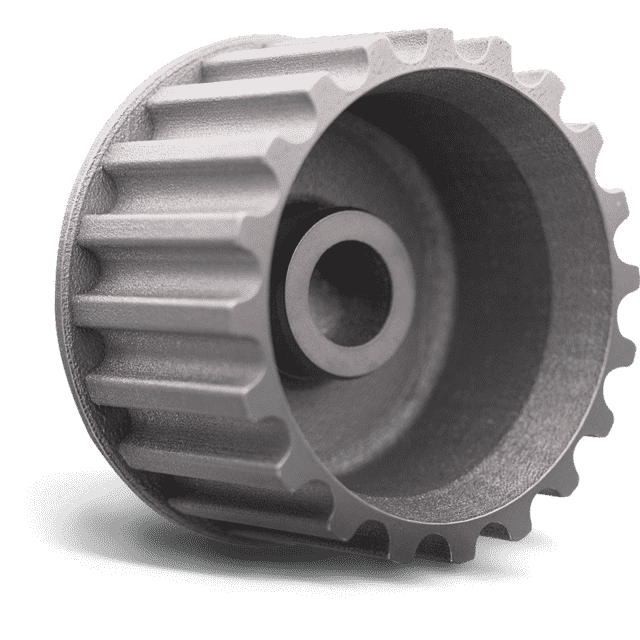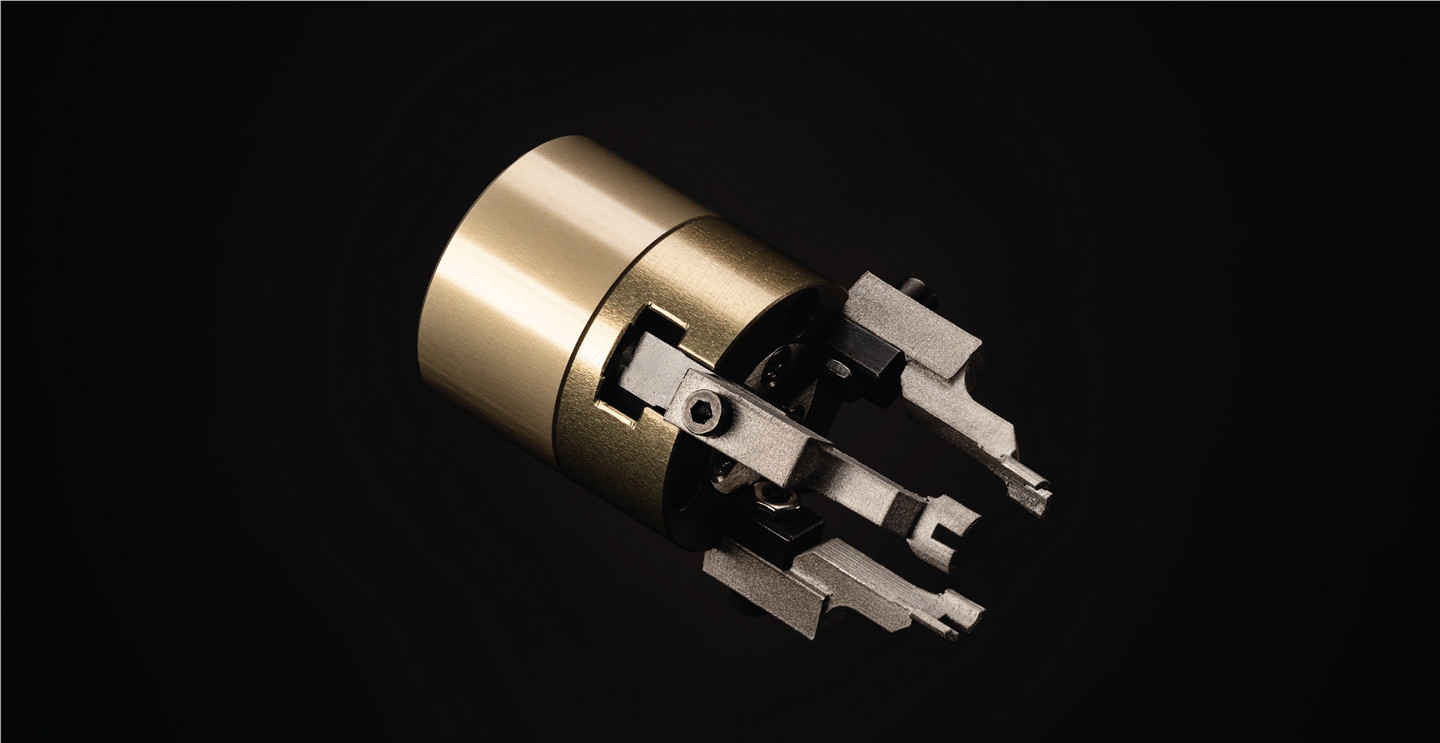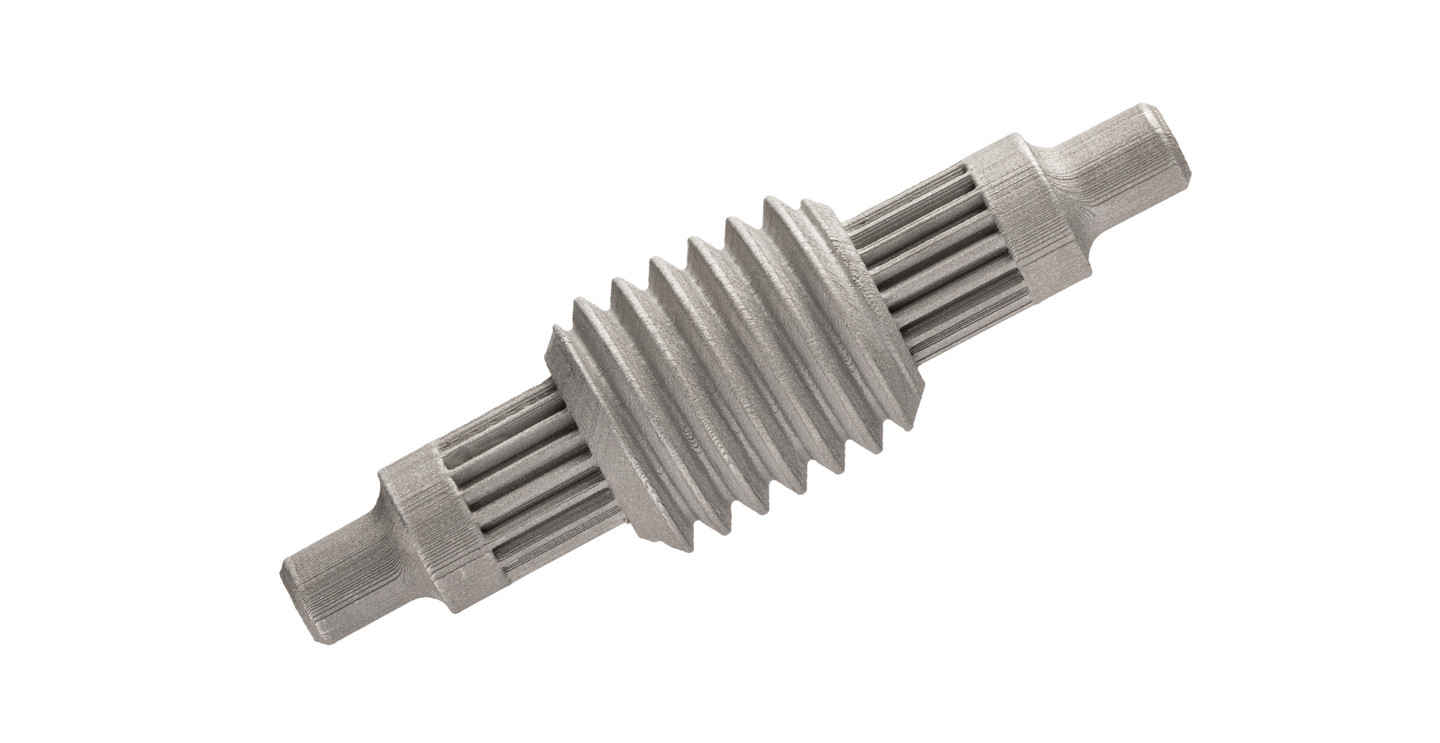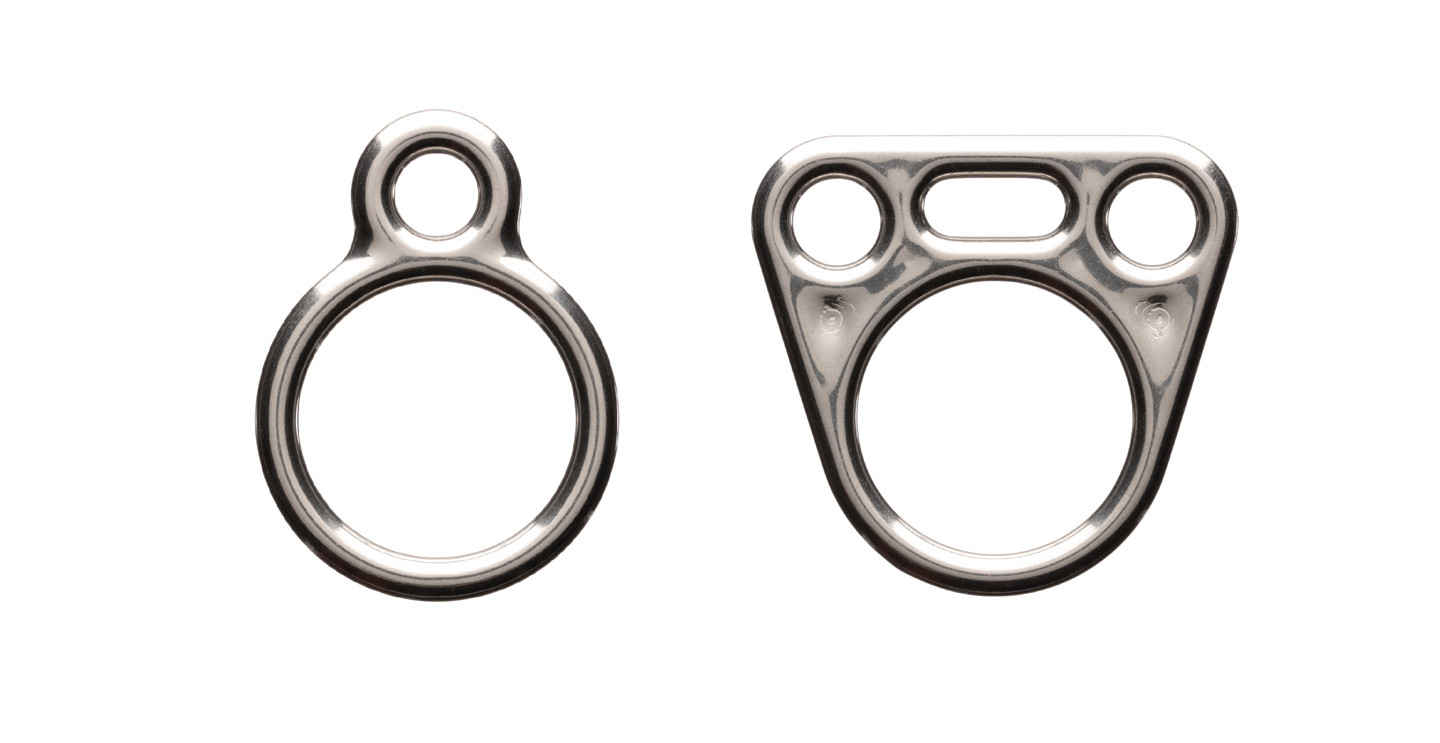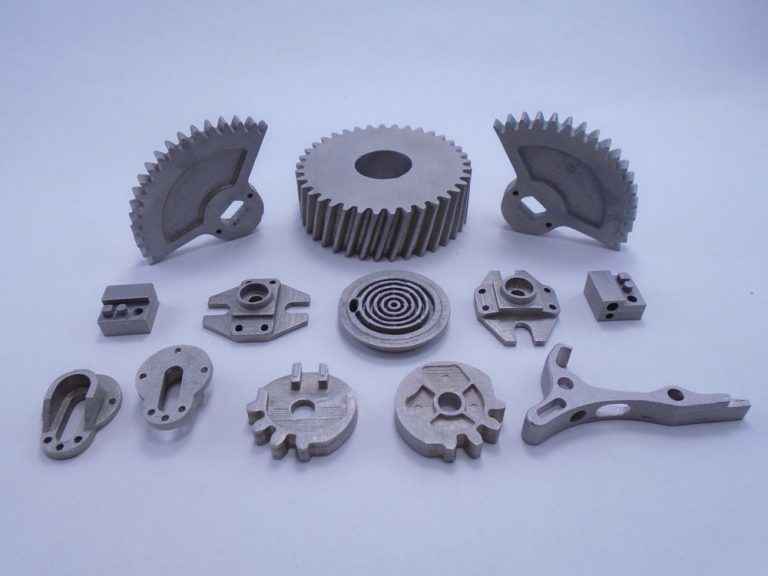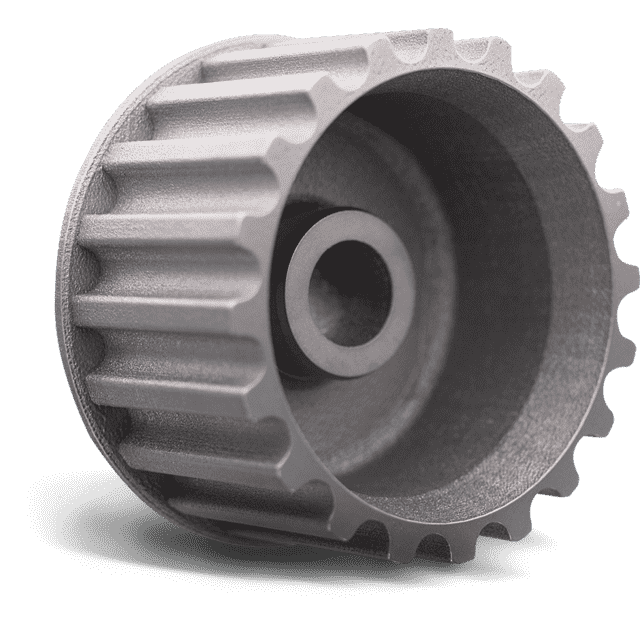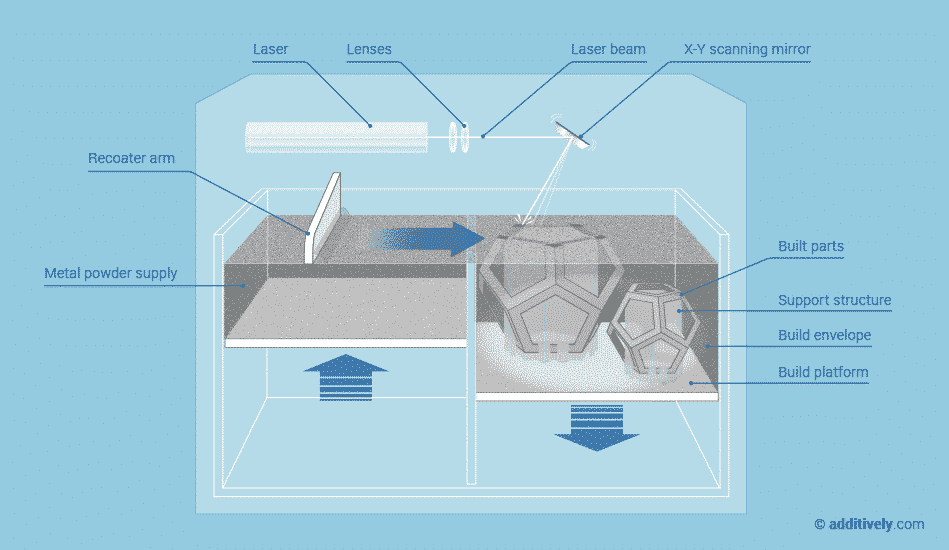SLM Stainless Steel 17-4 PHHBJYAMT Stainless Steel 17-4 PH Characterized by its combination of strength, hardness, and corrosion resistance, 17-4 PH is a stainless steel ideal for a variety of applicationsŌĆöincluding tooling, molds, and production parts. In its as-sintered state, 17-4 PH material properties consistently meet industry standards. Max Build Size Min Build Size 5 x 5 x 5 mm Default Layer Height 0.05 mm Optional Layer Heights 0.08 mm Tolerance ┬▒0.2% (with a lower limit of ┬▒0.2 mm) Up to 350 Ōäā Smooth ŌśģŌśģŌśģ Detail ŌśģŌśģŌśģ Accuracy ŌśģŌśģŌśģŌśģ Rigidity ŌśģŌśģŌśģŌśģŌśģ Flexibility ŌśģŌśģ Available ColorsMetal
Available Post ProcessPaint
, Polish
, Sandblast
, Electroplate
Suitable For Functional prototypes and end products, Not Suitable For Complex designs with intricate details, Additional Info17-4 PH is a martensitic precipitation – hardened stainless steel. ItŌĆÖs known for its corrosion resistance and high levels of strength and hardness, especially when heat treated. 17-4 can be heat treated to a variety of hardness and toughness levels, allowing users to customize post-sintering properties of the alloy to suit a wide variety of applications, including: -Manufacturing machinery
Feature
3D PrinterMaterial Spec Sheet
Selective Laser Melting creates objects from thin layers of powdered material by selectively melting it using a high power laser. The process takes place in a low oxygen environment in order to reduce thermal stresses and to prevent warping. Industrial metals are best used for high-tech, low-volume use cases from prototyping to creating end-use parts. Metal 3D prints are comparable to traditionally manufactured parts in terms of chemical composition, mechanical properties (static and fatigue) as well as microstructure. Once the printing is done, the extra powder that was not bound, and is not part of your design, is removed. Your part is now solid metal, and after the flutes are manually removed, it is tumbled and polished to produce a smooth finish.
|
